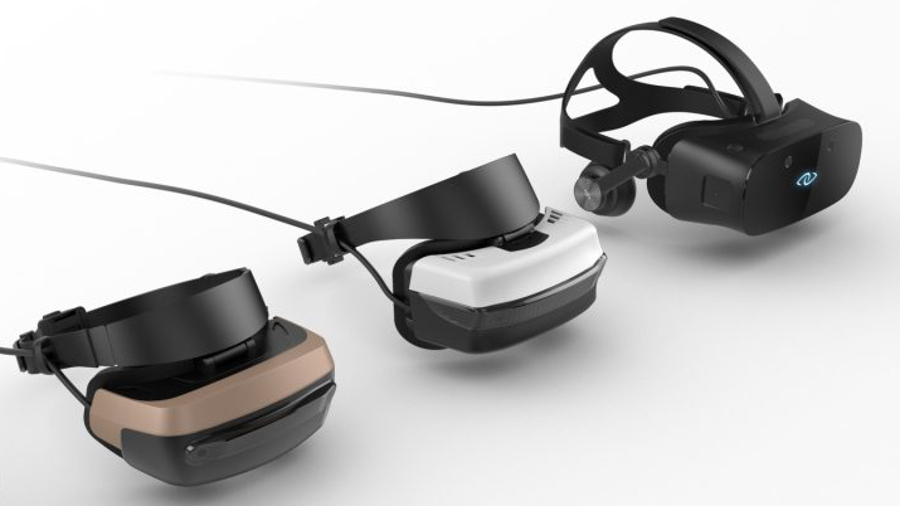You won’t need a powerful PC to run Windows 10 VR headsets
At the opposite end of the spectrum to the likes of the HTC Vive

Microsoft has revealed the PC specifications which will be required for its affordable range of Windows 10 VR headsets (or mixed reality head-mounted displays, as the company prefers to call them), and the good news is a very affordable PC (or indeed notebook) will be capable of running these gadgets.
The specs (which were co-developed with Intel) for the headsets call for a minimum of an Intel Core i5 mobile processor (dual-core with hyperthreading, and at least Skylake or better) backed with only integrated graphics – Intel HD Graphics 620 (GT2) or the equivalent, or better (DX12-capable).
You’ll need 8GB of system RAM and 100GB SSD (although a hard drive is fine, an SSD is labelled as preferred). And connectivity-wise, you’re looking at the following:
- HDMI: HDMI 1.4 with 2880 x 1440 @ 60Hz; or HDMI 2.0; or DisplayPort 1.3 with 2880 x 1440 @ 90Hz
- USB: USB 3.0 Type-A or USB 3.1 Type-C port with DisplayPort Alternate Mode
- Bluetooth: Bluetooth 4.0 for accessories
- In that case, it looks like the Surface Studio is more than ready for VR
Stark contrast
Overall, then, you couldn’t get a much more stark contrast to the demands of the likes of the HTC Vive or Oculus Rift. That said, this is a bare minimum spec, and it’s just for running Windows VR stuff, not potentially much more demanding games (which of course vary widely in terms of their requirements).
This VR hardware – with headsets coming from Acer, Asus, Dell, HP and Lenovo in 2017 – is very much designed with accessibility in mind, which the requirements reflect, as does the pricing which was first revealed back in October. If virtual reality needs a shove to help it reach the mainstream, Microsoft could well be providing a helping hand here.
Over at WinHEC in Shenzhen, Microsoft also introduced Project Evo, which represents a partnership with Intel to push forward in not just mixed reality with the above headsets, but also to make strides with gaming, advanced security, AI and Cortana.
In other words, the project expects to usher in a broad range of innovations which will encompass elements such as game broadcasting and eSports, better defences against hacking, advances in biometrics with Windows Hello, and ‘far-field’ voice capabilities – meaning you’ll be able to use Cortana from right across a room.
Sign up for breaking news, reviews, opinion, top tech deals, and more.
Via: Neowin
Darren is a freelancer writing news and features for TechRadar (and occasionally T3) across a broad range of computing topics including CPUs, GPUs, various other hardware, VPNs, antivirus and more. He has written about tech for the best part of three decades, and writes books in his spare time (his debut novel - 'I Know What You Did Last Supper' - was published by Hachette UK in 2013).